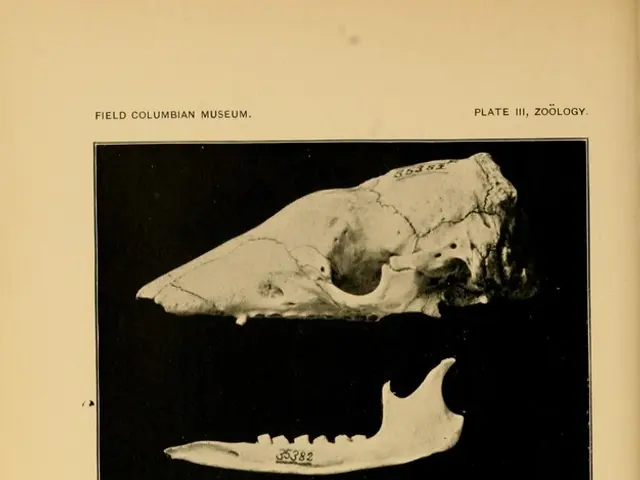Umbilical Cord Aftercare: Essential Knowledge for New Parents
In the first few weeks of a baby's life, it's essential to understand proper umbilical cord care to prevent infections, promote faster healing, and provide peace of mind for parents.
After birth, the umbilical cord, a vital lifeline during pregnancy, is clamped and cut, leaving a small stump attached to the baby's abdomen. This stump will gradually dry out and fall off within one to three weeks.
To ensure the stump heals safely and without complications, it's recommended to keep the area clean, dry, and avoid irritation. Here are some practices to follow:
1. **Keep the stump clean and dry:** Avoid submerging the baby in water until the cord stump falls off. Instead, give sponge baths and gently clean any urine or stool from the area with a damp cloth. Allow it to air dry and expose the stump to air as much as possible without covering it tightly.
2. **Diaper care:** Fold the top of the diaper down or use diapers with a special cutout to keep the stump exposed and prevent irritation from urine or stool.
3. **Avoid alcohol or harsh cleaning agents:** Do not use rubbing alcohol or other antiseptics unless specifically advised by a healthcare provider, as these can delay healing. Water and gentle cleaning are usually sufficient.
4. **Do not pull on the stump:** Let it fall off naturally. Pulling can cause bleeding or infection.
5. **Monitor for signs of infection:** Watch for redness, swelling, pus, foul odor, persistent bleeding, or discharge around the stump. If the stump has not fallen off after three weeks or if signs of infection or illness appear, contact a healthcare provider promptly.
It's also important to debunk some common myths surrounding umbilical cord care:
- Myth 1: The umbilical cord stump does not require daily cleaning with alcohol or other antiseptics, as excessive cleaning can irritate the stump and delay healing. - Myth 2: Pulling on the umbilical cord stump to remove it is not recommended, as it will detach on its own when it's ready, usually within 1 to 3 weeks after birth. - Myth 3: Bathing your baby will not lead to an infection of the umbilical cord stump, but it's important to keep the stump dry during bathing. - Myth 4: Using alcohol is not the only way to care for the umbilical cord, and recent guidelines suggest that it may not be necessary.
Understanding proper umbilical cord care is crucial for the health of your newborn. If you notice any unusual symptoms, such as a foul smell, redness, swelling, or discharge, consult your pediatrician for advice. Common umbilical cord issues include infection, umbilical granuloma, umbilical hernia, and excessive bleeding. In case of excessive bleeding from the stump, immediate medical attention is required.
By following these recommendations, you can help ensure a healthy and smooth healing process for your baby's umbilical cord.
In the context of health-and-wellness, maintaining proper umbilical cord care is a crucial aspect of family health, especially during the first few weeks of a baby's life. Parenting includes understanding the importance of keeping the area clean, dry, and avoiding irritation to help the umbilical cord stump heal safely, which can provide peace of mind and promote health for parents and their newborn.




